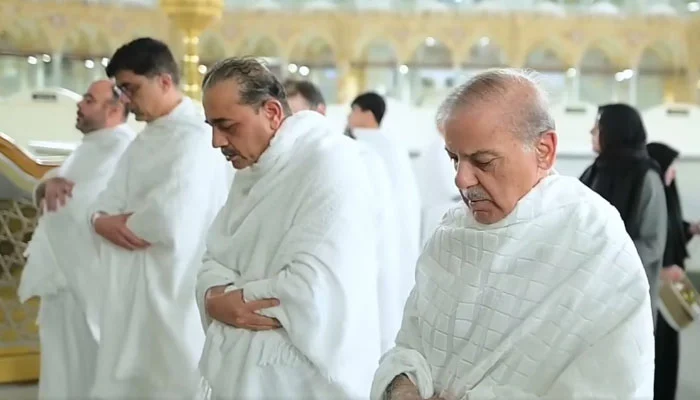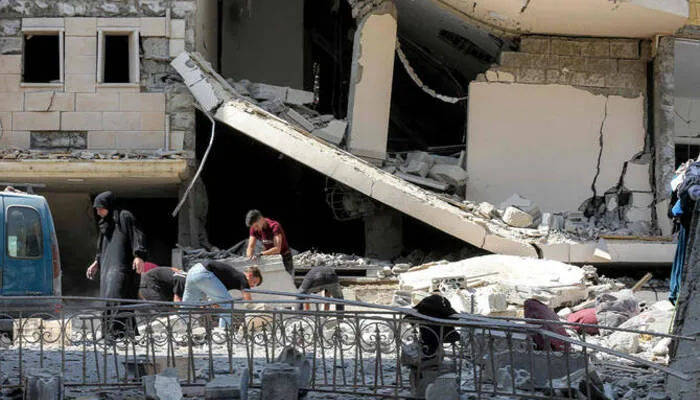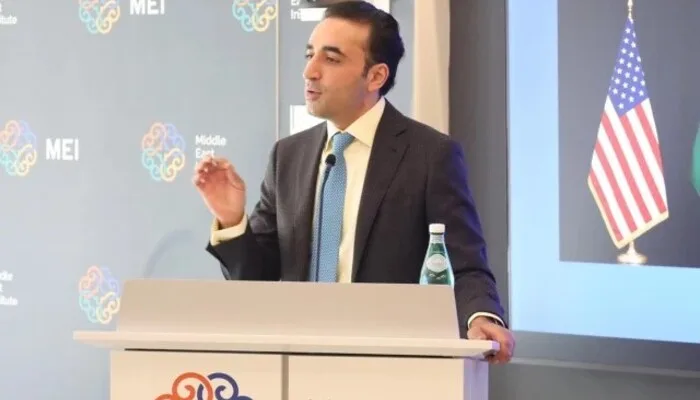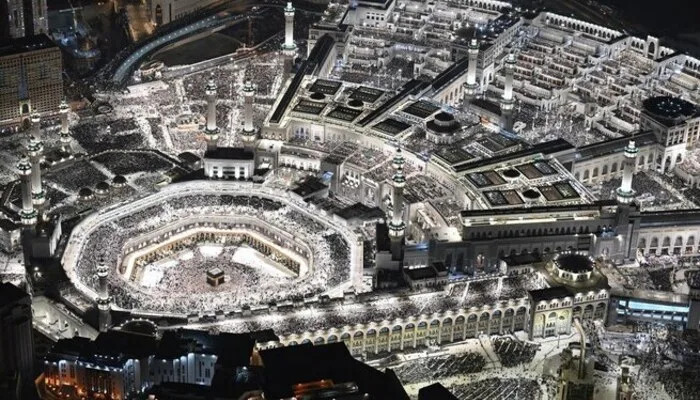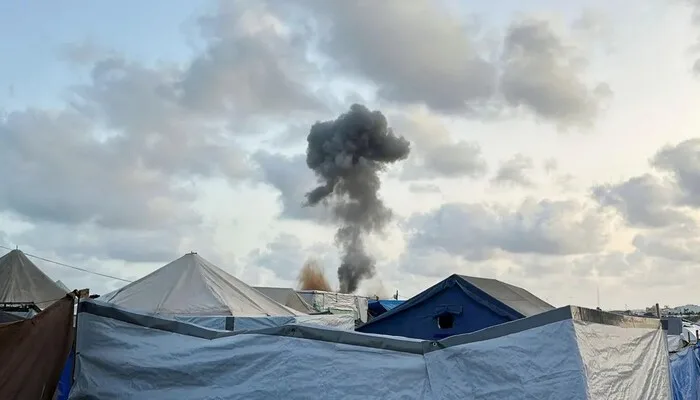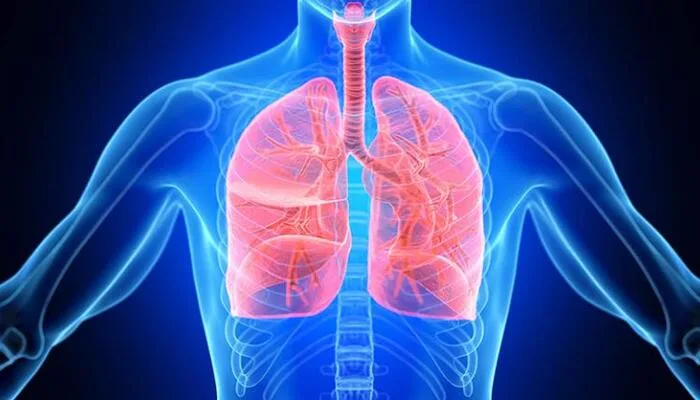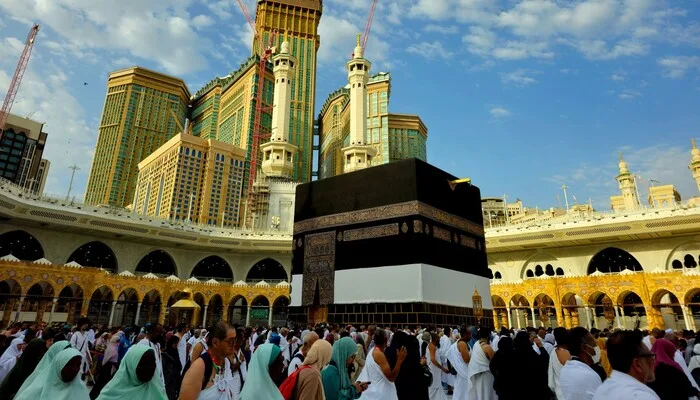
More than 1.4 million pilgrims gathered in Makkah on Wednesday to begin Islam’s holiest pilgrimage, the Hajj, despite blazing heat that pushed temperatures above 40°C (104°F). The pilgrimage, which is one of the five pillars of Islam, requires every able Muslim to perform it at least once in their lifetime.
Wearing white robes symbolizing purity and equality, pilgrims performed the tawaf, walking seven times around the Kaaba, the black cube at the heart of the Grand Mosque. The ritual, deeply spiritual and symbolic, marks the official start of Hajj.
Pilgrims then headed to Mina, a sprawling tent city on the outskirts of Makkah. There, they will spend the night in preparation for Thursday’s high point of the Hajj — the day of Arafat. According to Islamic tradition, the Prophet Muhammad (PBUH) delivered his final sermon on Mount Arafat, a sacred place of prayer and reflection.
“I am so happy, it’s such an amazing feeling,” said Reem al-Shogre, a 35-year-old Saudi woman performing the Hajj for the first time. As she arrived in Mina, she was greeted with coffee and dates, a traditional gesture of hospitality.
Heat Precautions Intensified After Last Year’s Tragedy
The Saudi government has stepped up its safety measures this year to avoid a repeat of 2023, when over 1,300 pilgrims died due to extreme heat, with temperatures soaring above 51.8°C (125.2°F).
Authorities have deployed over 250,000 personnel, including health workers, emergency responders, and volunteers. They expanded shaded areas in key locations by 50,000 square meters, installed more than 400 cooling units, and placed thousands of medics on standby.
Hajj Minister Tawfiq al-Rabiah said new strategies and technologies are being used to manage the pilgrimage more effectively. “We are fully committed to protecting the lives and well-being of all pilgrims,” he told AFP last week.
Artificial intelligence will play a key role in monitoring the massive crowd. Drones equipped with cameras and sensors will feed live data to control rooms, helping officials detect heat-related emergencies or overcrowding in real time.
Unregistered Pilgrims Face Crackdown and Deportation
Officials believe the majority of last year’s fatalities were among unregistered pilgrims, who lacked access to air-conditioned tents, regulated transportation, and essential medical services. This year, Saudi authorities are cracking down on unregistered entries.
Security forces have been conducting raids, increasing drone surveillance, and issuing mass text alerts to prevent unauthorized access. Pilgrims now must show valid Hajj permits, which are distributed by national quotas through official lotteries.
Despite the risks, high costs push many to attempt the Hajj without official permits. Authorities have warned of arrest and deportation for violators.
The Hajj has seen dangerous crowding in the past. In 2015, a stampede during the “stoning the devil” ritual in Mina killed up to 2,300 people, making it the deadliest incident in Hajj history.
As the 2025 pilgrimage continues, the Saudi government remains on high alert, balancing the sanctity of the rite with the critical need for crowd safety and heat management.







